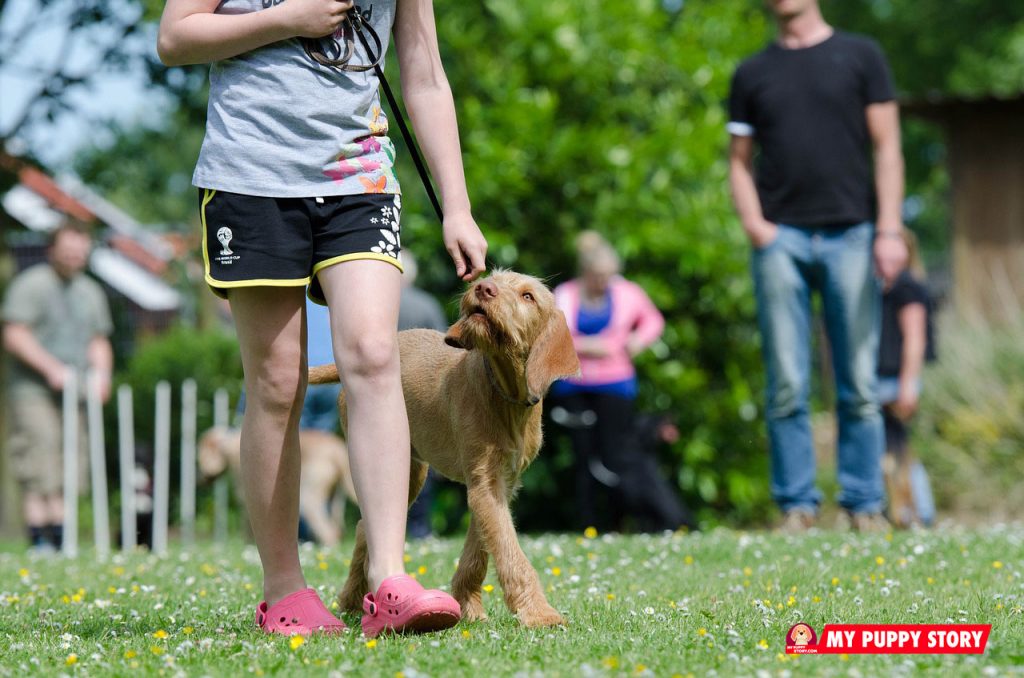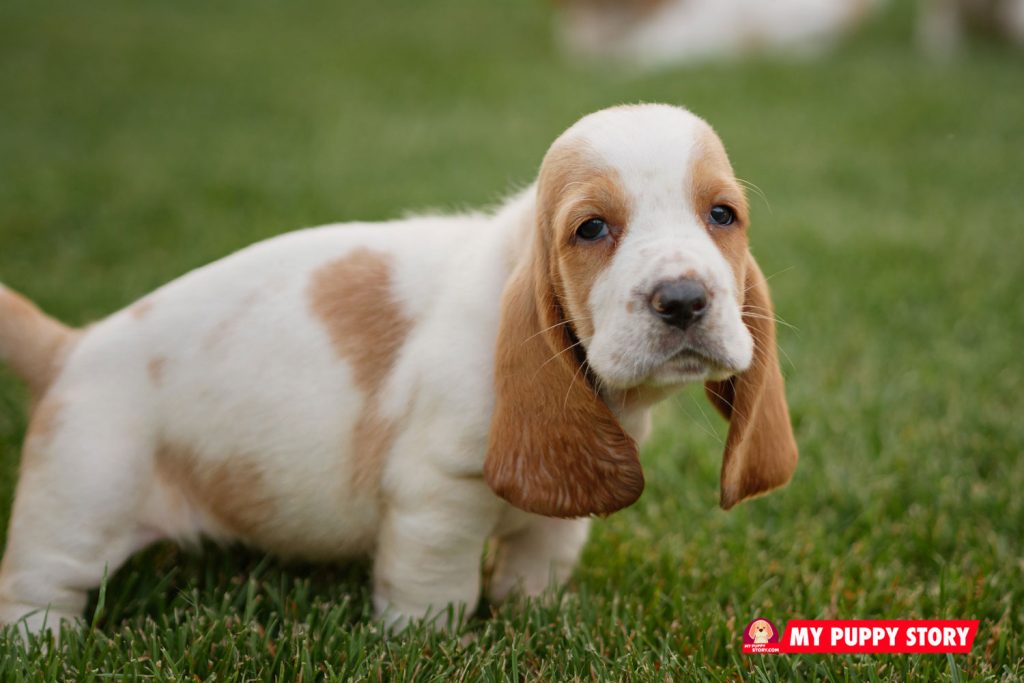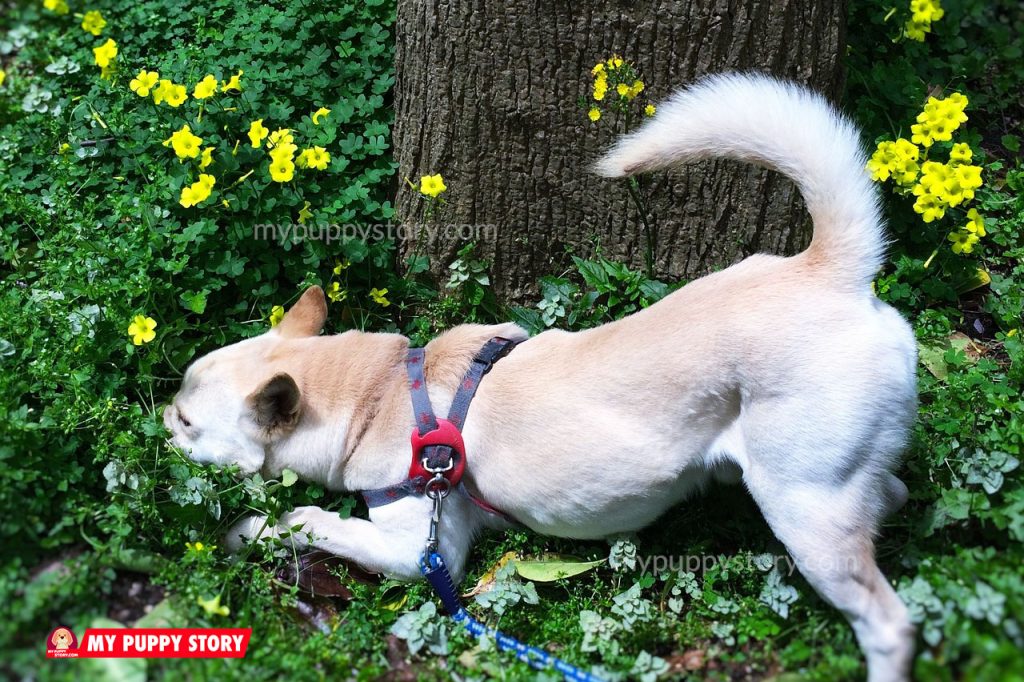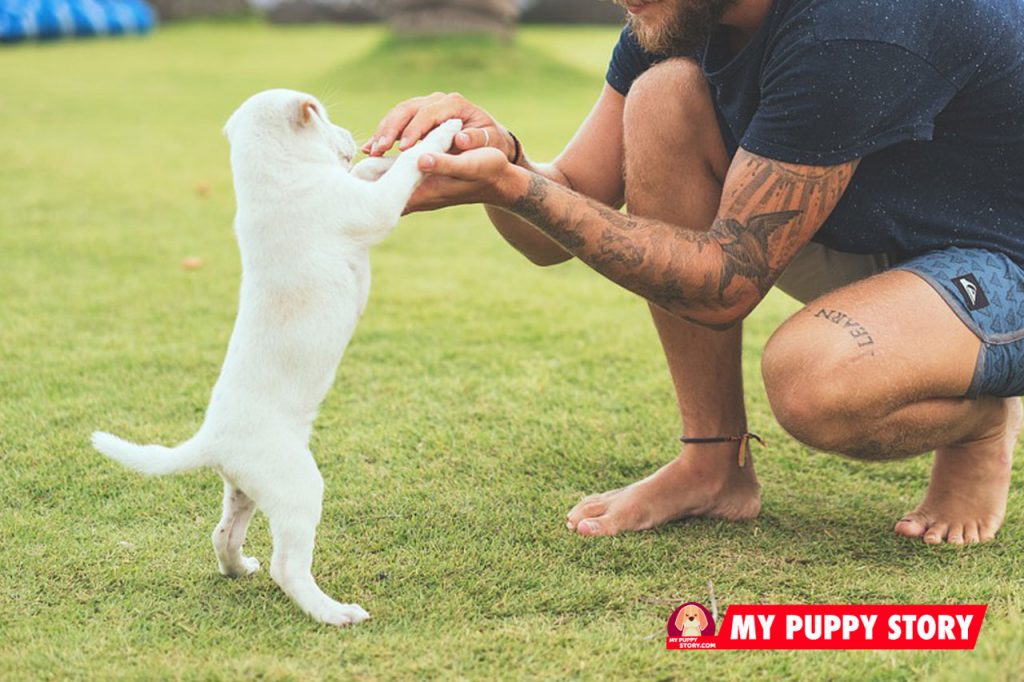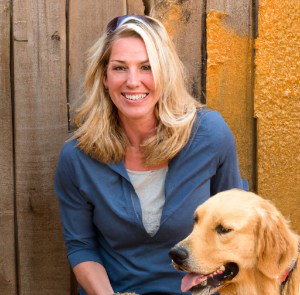September 28, 2019
Click, treat, click treat! All across the world as positive reinforcement and gentle training methods become popular, clicker training has proved over time to be one of the preferred methods for teaching dogs. Indeed, based on the principles of classical and operant conditioning, clicker training appears to highly interest dogs who seem to look forward […]
